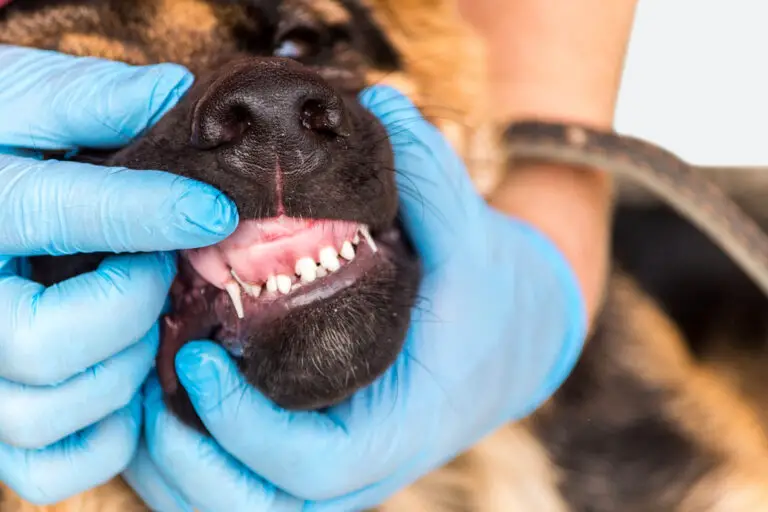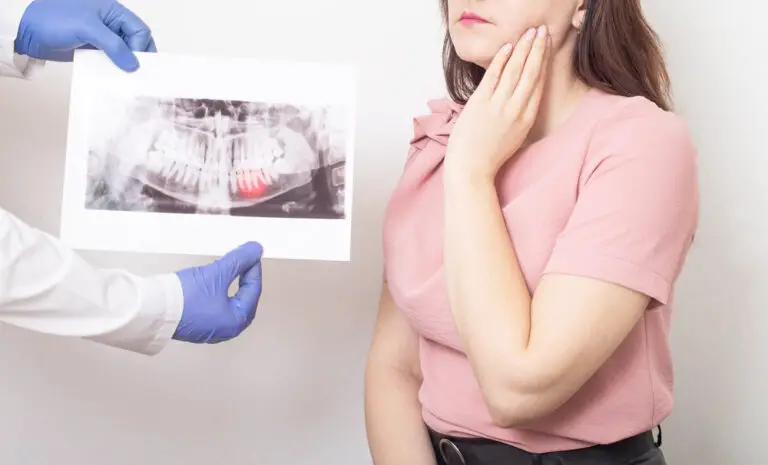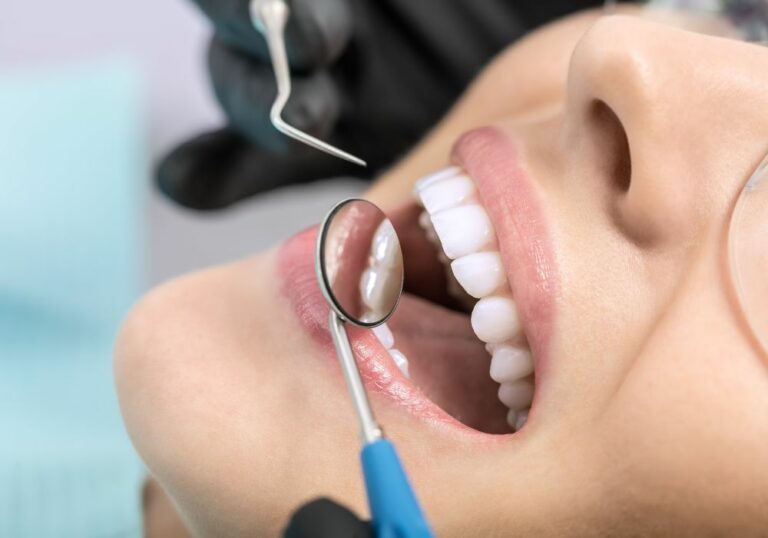Having a bright, white smile can greatly boost your confidence and appearance. But over time, teeth can become discolored and turn yellow from staining, thinning enamel, poor dental hygiene, and other factors. Before considering pricey dental treatments, you may want to try some natural teeth whitening remedies first. When used consistently, things like baking soda, lemon juice, strawberries, coconut oil, and hydrogen peroxide can safely remove yellow stains from your teeth. Read on to learn why teeth become yellow, and get details on 11 natural whitening ingredients and methods you can easily use at home.
Common Causes of Yellow Teeth
Teeth naturally dull and yellow over time, but certain habits and conditions can accelerate discoloration. Here are the main reasons your teeth may turn yellow:
1. Staining from Foods, Drinks, and Habits
- Coffee, black tea, cola and dark sodas
- Red wines and berries
- Tobacco smoking and chewing
- Soy sauce, curry spices, tomatoes
- Swimming in chlorinated pools
These substances contain pigments and chromogens that attach to the crystalline structure of your enamel. Tannins in coffee and tea are especially prone to staining. The more frequently these foods touch your teeth, the more discoloration occurs over time.
2. Plaque Buildup
Plaque is a sticky film of bacteria that accumulates on your teeth everyday. Certain bacteria produce yellowish metabolites as waste products that seep into the micro-cracks of enamel. With poor brushing habits, thick plaque buildup causes yellowing.
3. Enamel Thinning and Dentin Exposure
Enamel is the hard, outer layer of your teeth. Underneath is a pale yellow tissue called dentin. As enamel thins with age, it increasingly exposes the yellowish dentin and causes teeth to appear yellower. Enamel can also wear down from abrasive brushing, acidic foods, and teeth grinding.
4. Medications
Young children whose teeth are still forming can get permanently discolored teeth from antibiotics like tetracycline. In adults, antihistamines, high blood pressure medications, and antipsychotics may also stain teeth.
5. Dental Trauma
Cracks or chips from injuries allow stains to seep into the inner layers of teeth and cause discoloration. Teeth can also darken after traumatic dental procedures like root canals.
6. Genetics
Some people are born with thinner enamel or smaller teeth with longer pulp chambers containing more dentin. This predisposes them to quicker yellowing.
11 Natural Ways to Whiten Teeth at Home

Before considering intensive dental treatments, try these safe DIY remedies first to remove yellow stains:
1. Baking Soda
Baking soda is a mildly abrasive powder that can effectively scrub away surface stains on your teeth. It also has some whitening properties due to its alkaline pH.
Make a paste by mixing 1 teaspoon baking soda with a bit of water. Using a soft bristled toothbrush, gently brush the paste onto discolored teeth for 1-2 minutes. Avoid scrubbing aggressively. Rinse thoroughly when done. Repeat 1-2 times per week for best results.
2. Lemon Juice
The citric acid in lemon juice removes stains and brings a bleaching effect. Be cautious using lemons long-term as the acidity can damage enamel over time.
Mix 2 tablespoons fresh lemon juice with 1 teaspoon baking soda. Apply paste with a Q-tip or soft brush and let sit for 5 minutes before rinsing. Limit to 1-2 times per week.
3. Apple Cider Vinegar
Apple cider vinegar contains acetic acid that breaks down plaque and kills bacteria that cause staining. It balances out the pH in your mouth.
Mix 2 teaspoons ACV with 6 ounces water. Swish the solution in your mouth for 30 seconds, focusing on stained areas, then rinse thoroughly with water. Repeat 1-2 times daily for a week.
4. Coconut Oil Pulling
Swishing oil around your mouth is an age-old Ayurvedic technique for detoxification and whitening teeth. Coconut oil contains lauric acid and enzymes that naturally whiten teeth by gently lifting stains over time.
Put 1 tablespoon coconut oil in your mouth and swish vigorously for 10-20 minutes, pulling through teeth. Spit out the oil (which will look yellowish) and rinse well with water. Aim to do this daily.
5. Strawberries
Strawberries contain vitamin C for healthier gums plus an enzyme called malic acid that removes discoloration.
Mash a ripe strawberry and blend with 1/2 teaspoon baking soda to make a paste. Spread paste onto teeth with a toothbrush or cotton swab and leave on for 2 minutes before rinsing. Repeat once a week.
6. Hydrogen Peroxide
As a bleaching agent, hydrogen peroxide can lighten yellow teeth due to its effervescent oxygen molecules. Make sure to dilute it first.
Mix equal parts hydrogen peroxide (3% solution) and water. Swish the solution in your mouth for 1-2 minutes, then rinse thoroughly with water. Only use 1-2 times per week to avoid enamel erosion.
7. Activated Charcoal
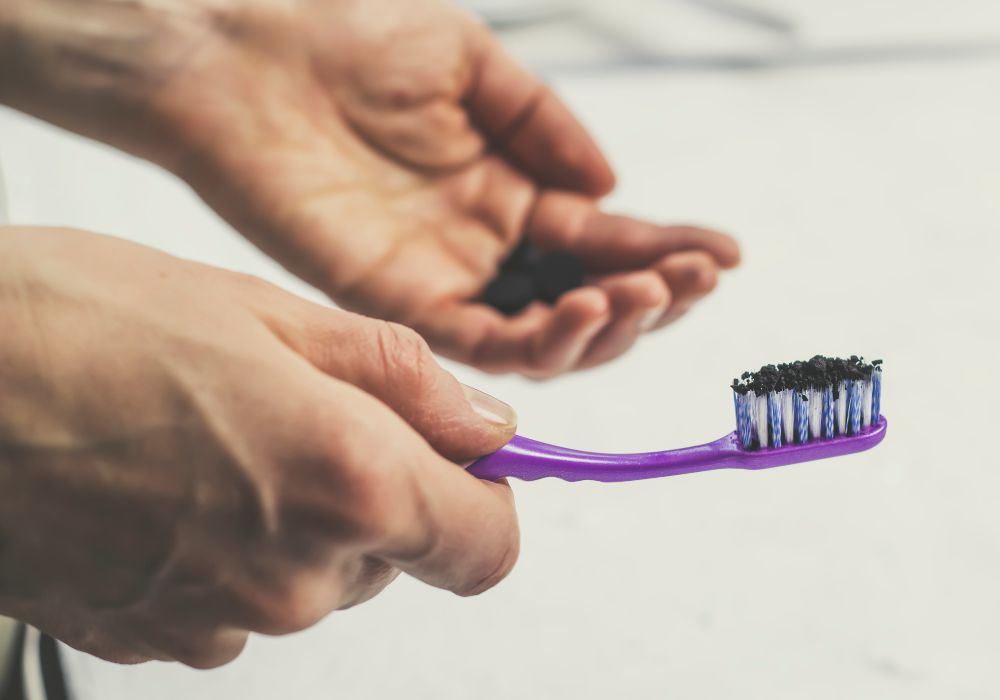
Activated charcoal has gained buzz for its absorbing properties. It can adsorb staining compounds and draw them off the surface of your teeth. But avoid overuse as it may be abrasive.
Mix 1/2 teaspoon activated charcoal powder with a bit of water to form a paste. Use a soft brush to apply paste to discolored teeth for 1 minute, brushing gently. Rinse thoroughly with water. Limit to every other week.
8. Rinsing with Salt Water
Salt water naturally contains antimicrobial and enamel-protective minerals like magnesium, potassium, and calcium. Rinsing with salt water can kill bacteria while buffing away stains.
Stir 1/2 teaspoon salt into a cup of warm water until dissolved. Swish the salt water around your mouth, focusing on stained teeth, for 30 seconds then spit out. Rinse with plain water. Do this daily.
9. Chewing Raw Vegetables
Crunchy, raw fruits and vegetables naturally scrub your teeth as you chew. Carrots, celery, apples, and cauliflower gently scour away built-up stains on teeth. Chew raw vegetables at the end of meals to maximize teeth cleaning.
10. Whitening Toothpastes
There are a variety of whitening toothpastes that include ingredients like baking soda, hydrogen peroxide, or enzymes like papain from papaya. Using these pastes twice daily can lift surface stains over time. Look for ADA approval for safety and effectiveness.
11. DIY Baking Soda + Strawberry Toothpaste
For a natural whitening toothpaste, mix a paste with 1 teaspoon baking soda, 5 chopped strawberries, 1 teaspoon coconut oil, and a squeeze of fresh lemon juice. Brush onto teeth gently for 2 minutes, 1-2 times per week for a deeper clean.
When to See Your Dentist?
If you don’t see improvement in yellowing after diligently using natural remedies for 2-3 weeks, make an appointment with your dentist. They can check for underlying issues like enamel erosion, tooth decay, or pulp inflammation that require treatment.
For more dramatic whitening of severe tooth discoloration, your dentist may recommend professional options like:
- In-office laser whitening
- Custom-fitted whitening trays with concentrated peroxide gels
- Enamel microabrasion
- Dental veneers or bonding
Over-the-counter whitening strips can provide mild improvement for yellowing. Get guidance from your dentist first if you have sensitive teeth, crowns, or other dental work.
Healthy Habits for Maintaining White Teeth
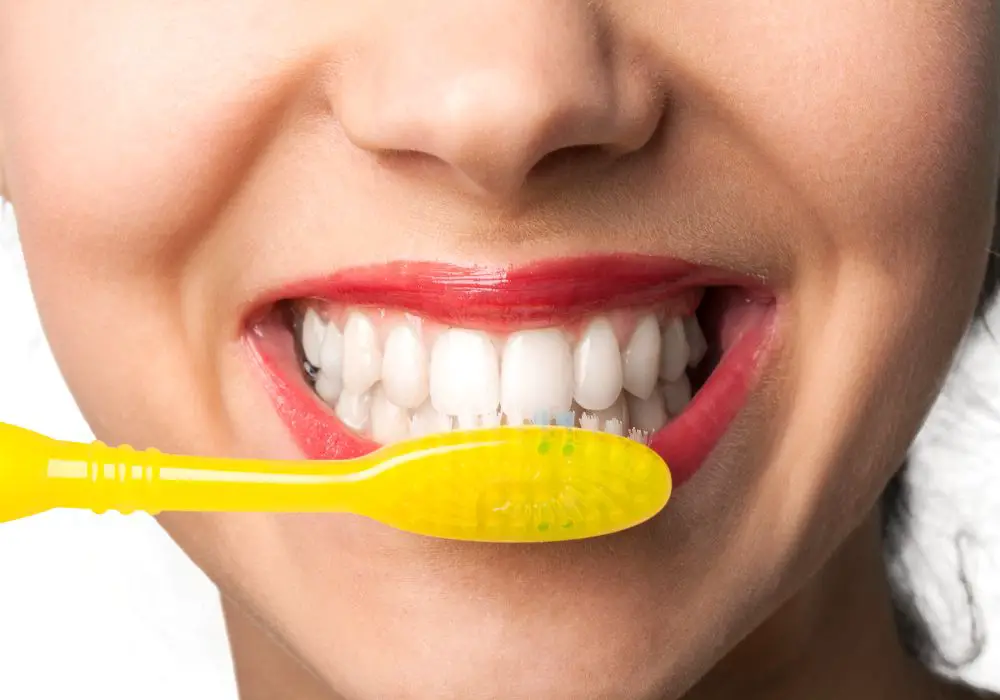
Once you’ve succeeded in whitening your teeth, be sure to keep them bright by:
- Brushing properly twice a day with a soft bristled brush. Overbrushing can exacerbate enamel erosion.
- Flossing daily to clear plaque from between teeth
- Getting regular dental cleanings every 6 months
- Using non-alcohol mouthwash to kill stain-causing bacteria
- Drinking staining beverages like coffee through a straw to avoid contact with front teeth
- Avoiding tobacco and minimizing staining foods
- Staying hydrated and salivating to neutralize acids and wash away food particles
- Chewing xylitol gum to increase saliva flow and remineralize enamel
Common Questions about Natural Teeth Whitening
Here are answers to some frequently asked questions:
How long do natural teeth whitening results last?
It varies based on your habits, but typically 1-2 weeks. Consistently using natural whitening methods helps better maintain brightness long-term.
Can whitening damage tooth enamel?
In moderation, natural whitening is safe for enamel. But overuse of highly acidic fruits or abrasive charcoal can erode enamel over time so use caution.
What foods naturally whiten teeth?
Crunchy fruits and vegetables, dairy, nuts, chicken, and other fibrous foods act as natural tooth scrubbers. Strawberries and pineapples contain enzymes that lift stains.
Can you use activated charcoal every day?
No, limit charcoal to every other week. Used too often, the abrasive particles can wear down your enamel. Baking soda is gentler for daily use.
Should I get professional whitening or use natural remedies?
For minor yellowing, try natural remedies first for a few weeks. But for more severe, stubborn stains, professional whitening is likely faster and more effective.
The Takeaway
Whether from aging, diet, medications, or trauma, teeth can yellow over time. But there are many natural, safe ways to whiten teeth at home using common ingredients like baking soda, hydrogen peroxide, fruits and oils. Along with whitening remedies, be sure to practice good dental hygiene and visit your dentist regularly to keep your smile sparkling and healthy. Don’t be ashamed to smile – taking action to whiten yellow teeth can restore your confidence!



